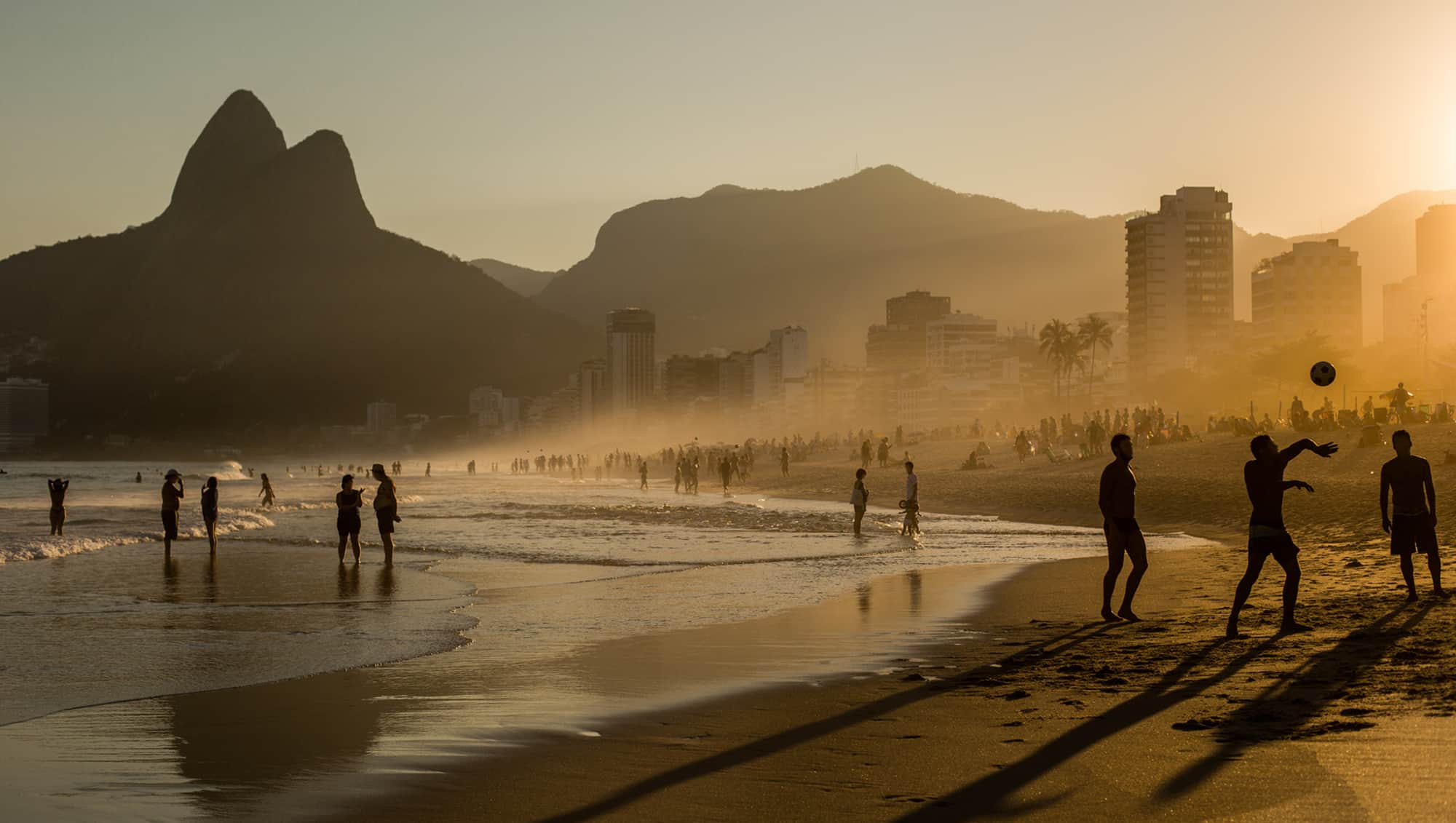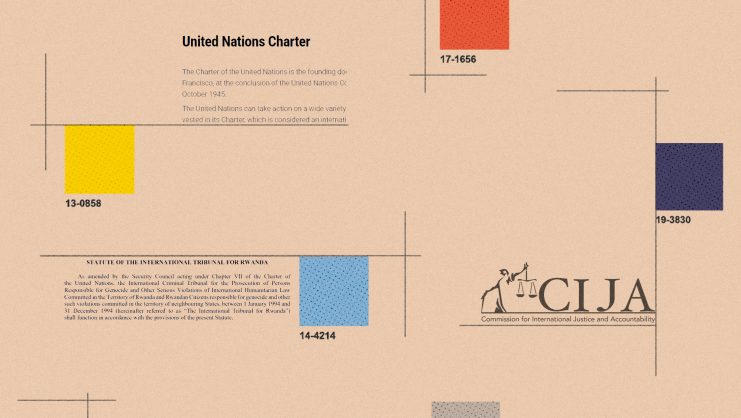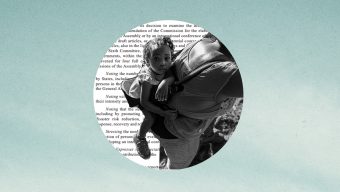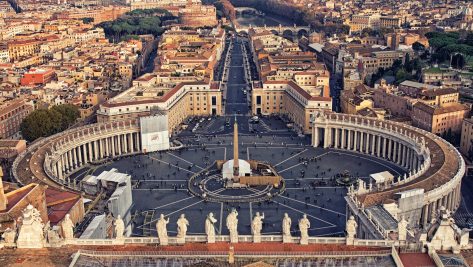In the early 21st century, Rio de Janeiro undertook a series of urban-transformation initiatives that culminated in the city’s bid to host the 2016 Olympic Games. These efforts were driven by an ambitious goal: to recover Rio’s urban quality, infrastructure level, and social cohesion.
Becoming a megacity
In 1950, Rio de Janeiro was the capital of Brazil and had a population of 3 million. Today, it is home to more than 12 million people. This strong demographic increase was not accompanied by the sort of urban planning that would have enabled Rio to meet its new housing, services, and infrastructure needs.
This growth period was marked by the phenomenon of free land occupation, the development of self-built neighborhoods (favelas), and overcrowding in tenement buildings (cortiços). Basic education and health services were practically nonexistent, and the infrastructure for water, sanitation, energy, mobility, and public transport was plagued by serious problems. With no services and no public authorities, these neighborhoods became hotbeds of urban violence and insecurity. By the year 2000, the city faced extreme levels of inequality.
The urban infrastructure was clearly insufficient in Rio’s poor neighborhoods, and needs were especially acute in the areas of water, sanitation, and urban transport.
Against this backdrop of inequality, poverty, urban segregation, and deficient infrastructure, the competitiveness of Rio’s economy began to fall steadily after the year 2000. Between 2008 and 2014, Rio fell nine places—from 47th to 56th—in the Global Cities Index, A. T. Kearney’s ranking of 84 leading metropolitan areas. Rio is a megacity, but its economic structure is unbalanced. For one thing, there is an extreme functional division between the city’s productive districts and its poor residential neighborhoods. For another, Rio’s administrative services and power have been declining ever since the federal capital moved to Brasilia. As a financial hub, Rio has waned while São Paulo has been ascendant. Even as an industrial city, Rio has lost ground to competitors (Belo Horizonte, São Paulo, and new industrial outposts in Brazil’s southern states). And as a tourism and business destination, Rio’s potential is clearly underdeveloped.
Considerable improvement has been made: the most disadvantaged population has shrunk by 20% and the middle classes are growing.
Rio de Janeiro’s main urban-transformation goals
The bid for the Olympic Games was an attempt to break Rio’s long cycle of urban imbalance and lay the groundwork for a new model of economic, social, and territorial development. The city chose to focus on three main urban-transformation goals.
The first goal was to develop four new urban centers, two in prime areas—Barra da Tijuca and Zona Sul—and two in neighborhoods with serious deficiencies: Deodoro and the historic center. Rio hoped to increase the urban quality of these areas through the construction of sports facilities. The results have been mixed. The Olympic Village and sports arenas have failed to consolidate a hub of activity in Barra da Tijuca, a peripheral neighborhood lacking in services. In Deodoro—an area surrounded by low-income neighborhoods and favelas—public space has improved but no real dynamic of transformation has been established. Zona Sul, meanwhile, is just the same as before.
There is one exception: the transformation of the historic center. Porto Maravilha is a clear example of a successful urban renewal project. In this area, road infrastructure has been renewed, a raised expressway has been replaced by tunnels, high-quality public spaces have been created, a thriving mixed-use (commercial and residential) neighborhood has been created, suburbanization has been reversed, a new light rail system has been developed, and historic and monumental heritage has been recovered. All this has been achieved through public-private partnerships: private companies carried out the transformation, which is financed by the city surplus generated by the project itself.
The second major goal was to improve infrastructure, especially with regard to urban mobility, water, and sanitation. Rio’s investments in mobility infrastructure have increased public-transport capacity, but the existing network remains inadequate for the metropolitan population. The water supply network is inefficient, with a leakage rate of around 50%. The biggest unfinished project is sanitation, a basic objective of the initial Olympic bid and the most ambitious of the United Nations Sustainable Development Goals. The forecasted investments and programs of the Inter-American Development Bank and World Bank have only partially materialized, and some neighborhoods and municipalities in Rio’s metropolitan area remain without sewage treatment.
The third goal was to lay the groundwork for improving education levels, increasing the standard of living, and fostering urban integration and social cohesion. The main obstacle lies in the extreme differences between neighborhoods in terms of economics, infrastructure, and opportunities:
- Class D (lower-middle class) and class E (poor) account for 15% of the population. They live in self-built homes in unplanned favelas with chaotic roadways, almost nothing in terms of schools or healthcare, and no basic water, electricity, or telephone services.
- Class C (middle class) accounts for 55% of the population. They live in spontaneously developed suburbs with infrastructure and service deficiencies.
- Class A (upper class) and class B (upper-middle class) account for the remaining 30% of the population. They live in the properly planned city center, which is equipped with sufficient urban facilities and services.
The public authorities are primarily focused on programs targeting classes D and E, especially in the areas of social housing, education, and healthcare. Considerable improvement has been made: the most disadvantaged population has shrunk by 20% and the middle classes are growing. However, for these improvements to truly take root, the city must be kept safe, urban violence must be controlled, and organized-crime clans must be definitively eradicated. Very positive results were achieved on this front between 2008 and 2016. However, just one year after the Olympics, with the government in turmoil and the economy in crisis, insecurity is once again on the rise and the crime clans are starting to make a comeback. The city must continue to implement social and control measures with skill and determination.
The Olympic Games are the beginning, not the end, of a renewed future for Rio de Janeiro.
The future
Rio’s urban transformation currently has both light and dark sides. The city has largely taken advantage of its urban-improvement programs. With these successes under its belt, Rio can look forward to a new reality in 10 or 15 years’ time: a more socially balanced city with better infrastructure and an improved economic value proposition. The Olympic Games are the beginning, not the end, of a renewed future for Rio de Janeiro.
© IE Insights.











